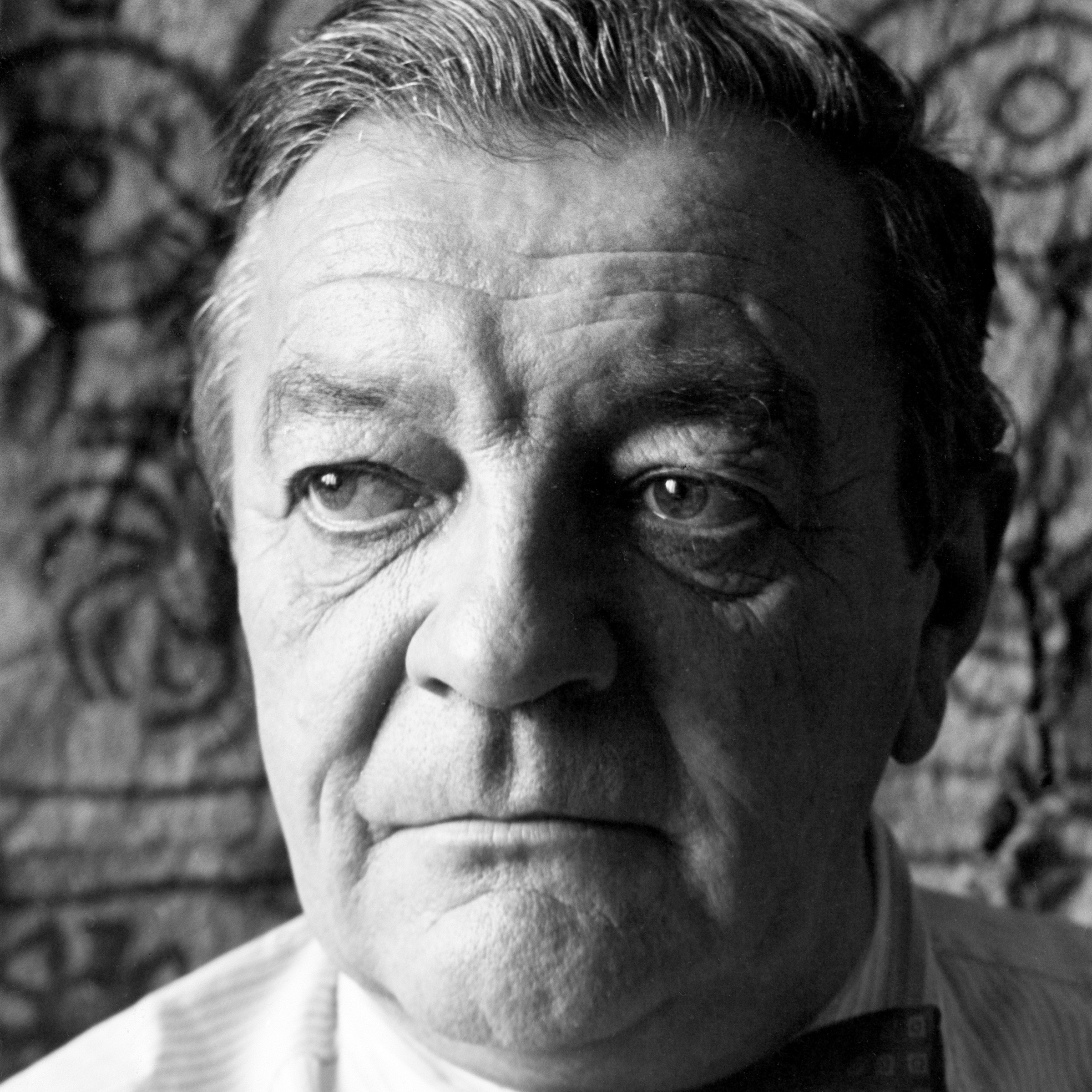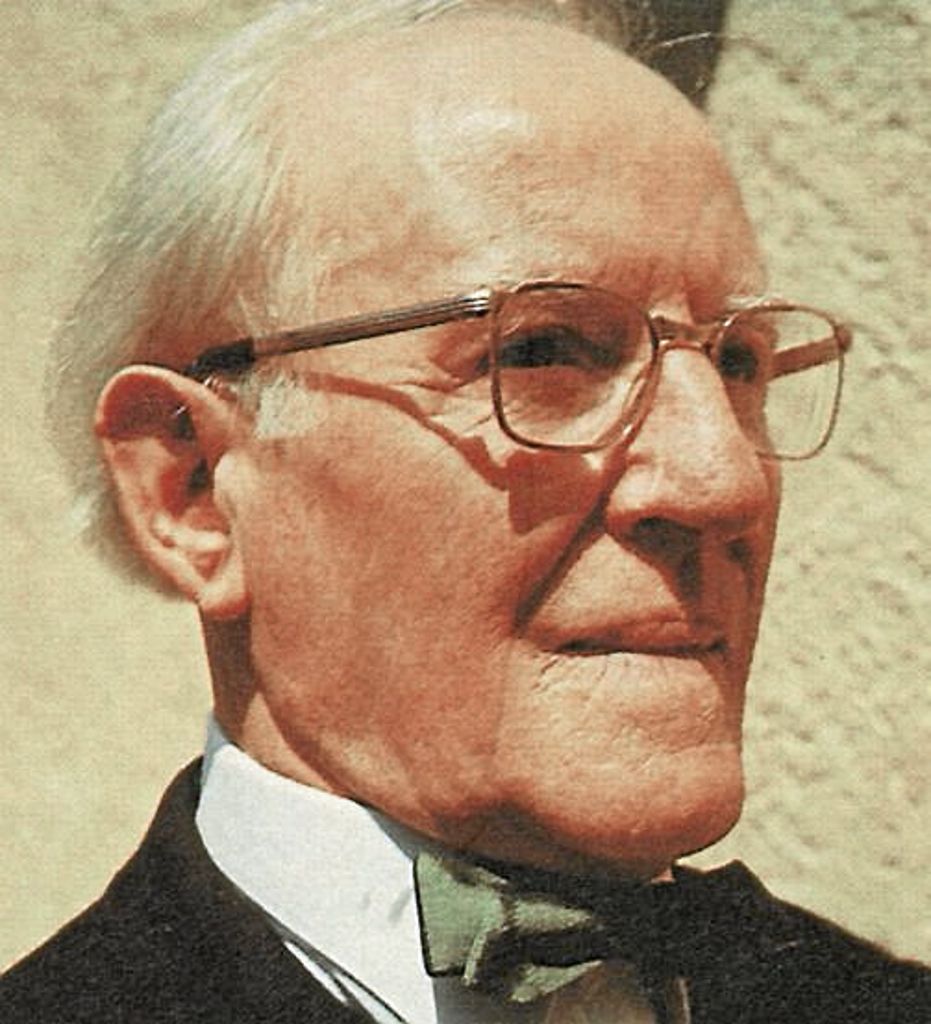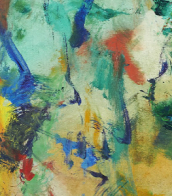dat. 1892

Ernst Mollenhauer was a German Expressionist landscape painter.


Fortunato Depero was an Italian futurist painter, designer, sculptor and poet. In 1913 Depero comes to Rome, where he meets the futurists Giacomo Balla and Umberto Boccioni.
In the early 1920s, Fortunato Depero tries his hand as an artist in commercial advertising, designs theatrical costumes, works for magazines and as a room decorator, and participates in many art exhibitions.


Jean Lurçat was a French artist noted for his role in the revival of contemporary tapestry.


Léon Zak, birth name Lev Vasilyevich Zak (Russian: Лев Васильевич Зак), was a Russian poet, painter, graphic artist, stage designer and sculptor, theorist and ideologist of Futurism.
Leon Zak belonged to the Paris School. After years of figurative painting, his art moved increasingly towards abstraction. From 1950 he also turned to sacred art and created crucifixes, sculptures for church interiors and stained glass windows.








Jean Lurçat was a French artist noted for his role in the revival of contemporary tapestry.


Salomon Corrodi was an Italian-Swiss watercolor painter.
At the age of twenty-two, Corrodi moved from Zurich to Italy, his parents' homeland, and took up the study of watercolor landscape painting in Rome with Jacob Suter (1805-1874). He traveled and painted landscapes extensively, and by the mid-19th century had become a recognized master of watercolor landscape painting as well as a teacher.
Salomon Corrodi lived a long and productive life, laboring until his death and producing many exquisite landscapes of coastal and mountain vistas as well as vedutas. Two of his sons, Herman and Arnold, also became artists.


Fortunato Depero was an Italian futurist painter, designer, sculptor and poet. In 1913 Depero comes to Rome, where he meets the futurists Giacomo Balla and Umberto Boccioni.
In the early 1920s, Fortunato Depero tries his hand as an artist in commercial advertising, designs theatrical costumes, works for magazines and as a room decorator, and participates in many art exhibitions.


Heinrich Christian August Buntzen was a Danish landscape painter.
His first showing was at an exhibition in Charlottenborg Palace in 1824 and, later, he won several prizes for his landscape paintings. During the 1830s, the academy purchased several of his works, as did the Royal Collection.
He was awarded the Order of the Dannebrog in 1877.


Wilhelm Schnarrenberger was a German painter and representative of the New Objectivity movement.
Schnarrenberger studied graphics at the Munich School of Applied Arts, as well as architecture. After his studies, the artist received commissions for publications in the magazines Das Plakat or Simplicissimus as well as numerous illustrations for publishing houses. At the same time, Schnarrenberger also began to work as a painter and participated in the exhibitions of the New Munich Secession. After the Expressionist phase, his painting was replaced by an increasingly distinct style, which in 1925 became known as Neue Sachlichkeit ("New Objectivity"). In 1920, the artist was appointed to teach commercial art at the Badisches Landeschool in Karlsruhe, where he later became a professor.
As a result of the Nazis' rise to power, Schnarrenberger lost his professorship and moved to Berlin. In 1937, Wilhelm Schnarrenberger's paintings were recognized as degenerate and he was persecuted. After the end of the war, he was allowed to resume his professorship and was appointed professor at the Karlsruhe State Academy of Fine Arts. He became a member of the Badische Secession and received the Hans Thom State Prize in 1962.


Leonhard Schmidt was a German modernist painter.














































































